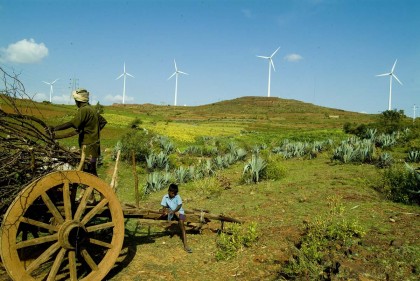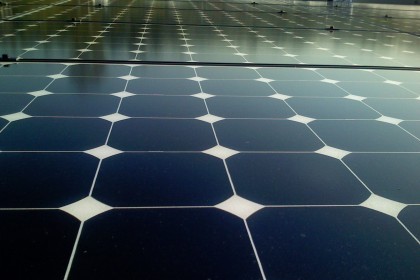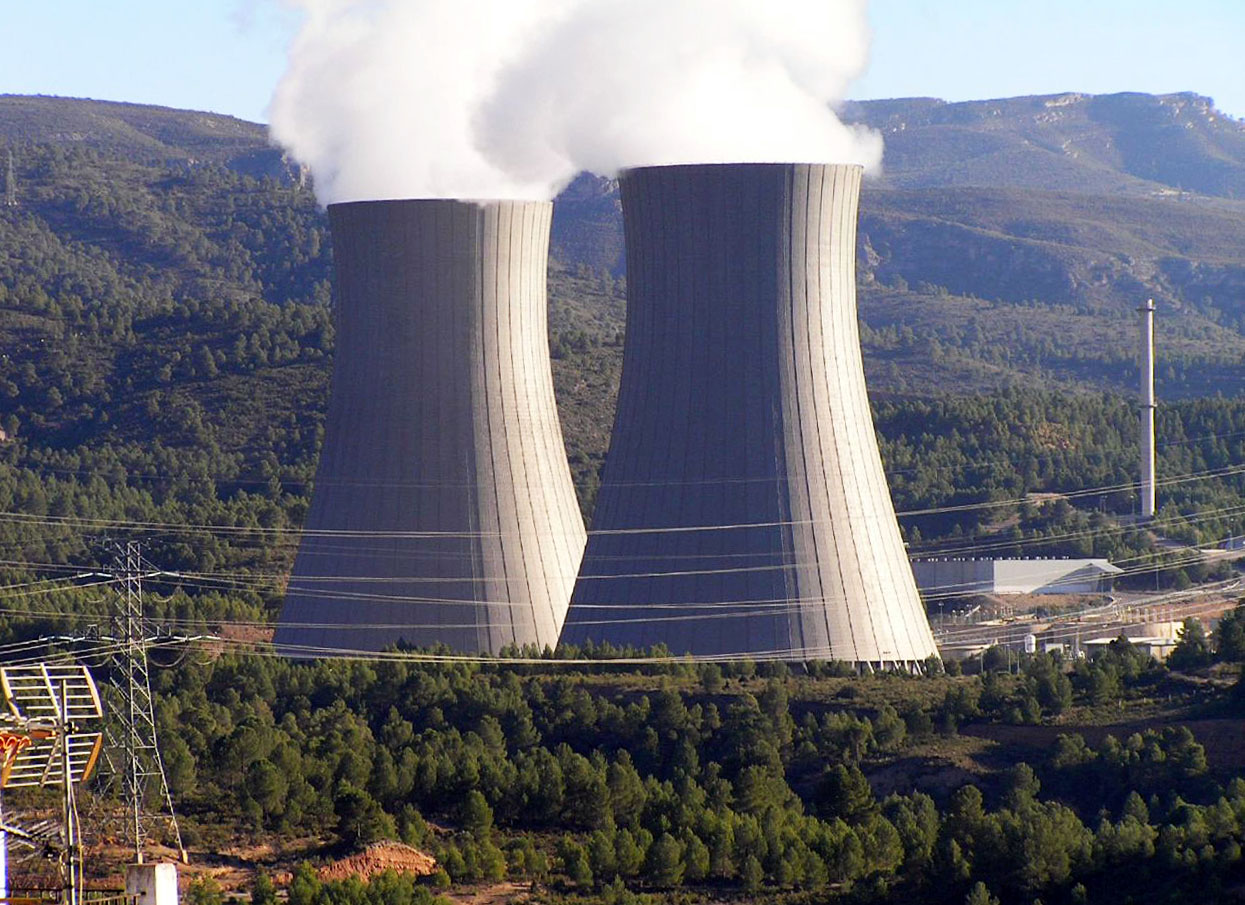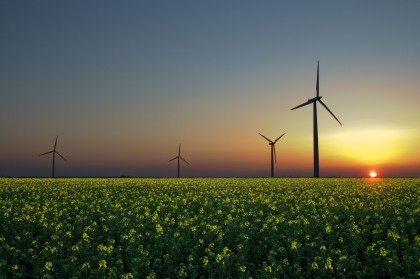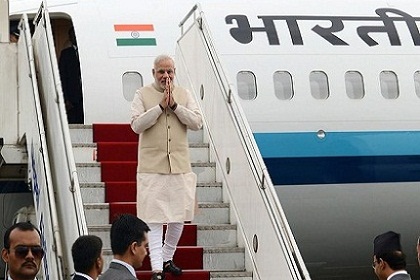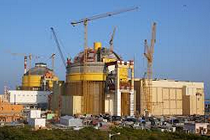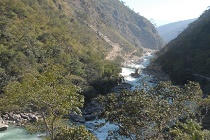Move over solar; welcome, wind
After the recent WTO ruling against India on the issue of local content of solar panels, India must revise its renewable energy strategy in favour of wind power. Instead of imported solar panels, India’s renewable capacities can use locally-manufactured windmills.

